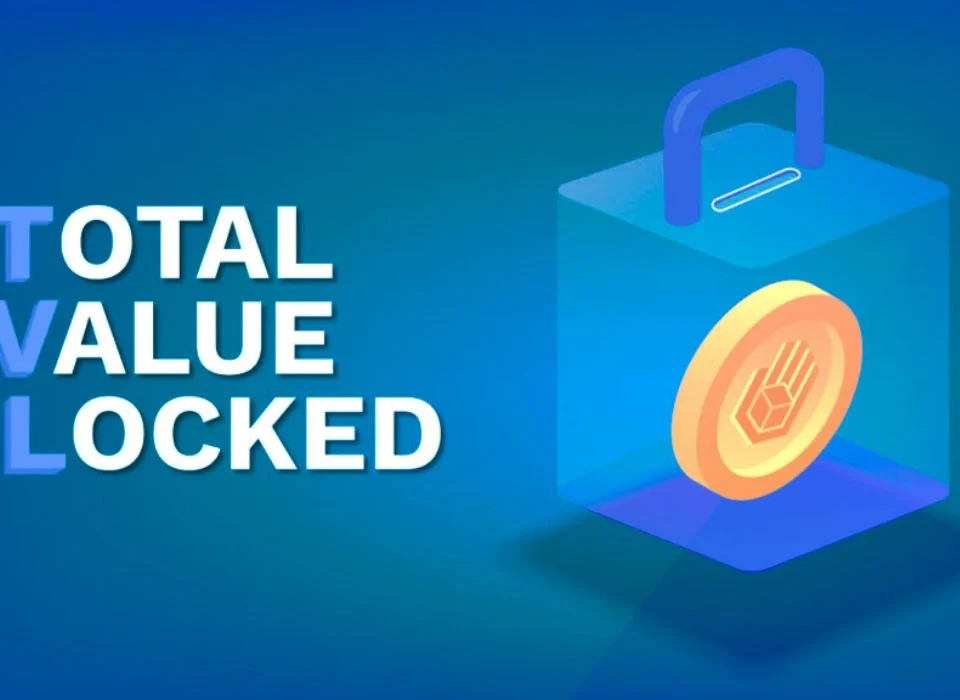
Grayscale Investments Appoints Peter Mintzberg as New CEO
20/05/2024
Bitcoin and Cardano Experience Surge in Investment with a 716% Increase in Fund Flows
20/05/2024What is XRP? Exploring the XRP Token in Cryptocurrency
Cryptocurrencies have revolutionized the financial world, and among the multitude of digital assets, XRP stands out as one of the most well-known and widely used. This article delves into what XRP is, its unique features, how it works, and its role in the cryptocurrency ecosystem. By the end of this article, you will have a comprehensive understanding of XRP and its significance in the world of digital finance.
What is XRP?
XRP is a digital currency created by Ripple Labs Inc., a technology company specializing in developing payment protocols and exchange networks. Unlike Bitcoin, which was designed to be a decentralized digital currency for peer-to-peer transactions, XRP is primarily used as a bridge currency in financial transactions. It facilitates the transfer of value across different currencies, reducing the cost and time associated with cross-border payments.
The Origins of XRP
XRP was launched in 2012 by Ripple Labs, initially named OpenCoin. The founders, Chris Larsen and Jed McCaleb, envisioned a global network that could facilitate instant, secure, and low-cost international payments. The Ripple protocol was designed to work with the traditional financial infrastructure, enhancing its efficiency and accessibility.
How Does XRP Work?
XRP operates on the XRP Ledger, an open-source, decentralized blockchain technology. The XRP Ledger supports real-time gross settlement, currency exchange, and remittance systems. Here’s how it works:
- Consensus Algorithm: Unlike Bitcoin, which uses a Proof-of-Work (PoW) consensus algorithm, the XRP Ledger uses a unique consensus protocol. Independent validators agree on the order and validity of XRP transactions, making the network faster and more energy-efficient.
- Transaction Speed: XRP transactions are incredibly fast, typically settling within 3-5 seconds. This speed is a significant advantage over traditional banking systems and even other cryptocurrencies like Bitcoin and Ethereum.
- Low Transaction Fees: Transaction fees on the XRP Ledger are minimal, often costing a fraction of a cent. This low cost makes XRP an attractive option for transferring large sums of money across borders.
- Supply: XRP has a total supply of 100 billion tokens, with no mining involved. Ripple Labs initially held a significant portion of the supply, releasing it periodically to the market. This controlled release helps manage inflation and ensures the stability of the XRP token.
The Role of XRP in the Financial Ecosystem
XRP plays a pivotal role in Ripple’s various financial solutions, including:
- RippleNet: RippleNet is a global network of financial institutions that use Ripple’s technology to process cross-border payments. XRP acts as a bridge currency in this network, enabling seamless currency conversions and liquidity management.
- On-Demand Liquidity (ODL): ODL is a Ripple service that uses XRP to provide liquidity for cross-border transactions. Instead of holding pre-funded accounts in different countries, financial institutions can leverage XRP to source liquidity on-demand, reducing capital costs and improving efficiency.
- Micropayments: XRP’s low transaction fees and fast settlement times make it ideal for micropayments, supporting use cases like content monetization, tipping, and small-value transactions.
Advantages of XRP
- Speed and Efficiency: XRP’s fast transaction times and low fees make it one of the most efficient cryptocurrencies for payments and transfers.
- Scalability: The XRP Ledger can handle up to 1,500 transactions per second, far surpassing the capabilities of Bitcoin and Ethereum.
- Partnerships: Ripple has established partnerships with numerous financial institutions, including American Express, Santander, and SBI Holdings. These collaborations enhance XRP’s credibility and adoption.
- Environmental Impact: Unlike PoW-based cryptocurrencies, XRP’s consensus algorithm is energy-efficient, making it more environmentally friendly.
Challenges and Criticisms
- Centralization Concerns: Critics argue that XRP is more centralized than other cryptocurrencies because Ripple Labs holds a significant portion of the total supply and exerts considerable influence over the network.
- Regulatory Issues: Ripple has faced legal challenges, most notably from the U.S. Securities and Exchange Commission (SEC), which alleges that XRP is an unregistered security. This ongoing legal battle has created uncertainty around XRP’s regulatory status.
- Market Volatility: Like all cryptocurrencies, XRP is subject to market volatility, which can impact its value and adoption.
The Future of XRP
Despite its challenges, XRP continues to play a vital role in the cryptocurrency market. Ripple’s ongoing efforts to expand its network and services, coupled with the increasing demand for efficient cross-border payment solutions, suggest a promising future for XRP. Key developments to watch include:
- Regulatory Clarity: The outcome of Ripple’s legal battle with the SEC will significantly impact XRP’s regulatory status and its future in the U.S. market.
- Adoption by Financial Institutions: Continued adoption of Ripple’s technology by banks and payment providers will enhance XRP’s utility and demand.
- Technological Innovations: Ripple’s commitment to innovation, such as integrating with decentralized finance (DeFi) platforms and exploring new use cases, will drive XRP’s growth and relevance.
Conclusion
XRP is a unique cryptocurrency designed to facilitate fast, efficient, and low-cost cross-border payments. Its distinct features, such as the consensus algorithm, rapid transaction speeds, and minimal fees, make it a valuable asset in the digital finance landscape. While facing challenges like regulatory scrutiny and centralization concerns, XRP’s potential for widespread adoption and its role in transforming global payments cannot be overlooked. As the cryptocurrency market evolves, XRP is likely to remain a significant player, bridging the gap between traditional financial systems and the digital economy.
Links:
Bitcoin
Learning Cryptocurrency
Cryptocurrency Exchange
DeFi
Cryptocurrency Exchange



